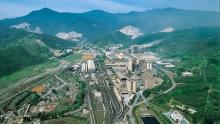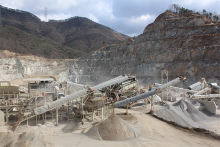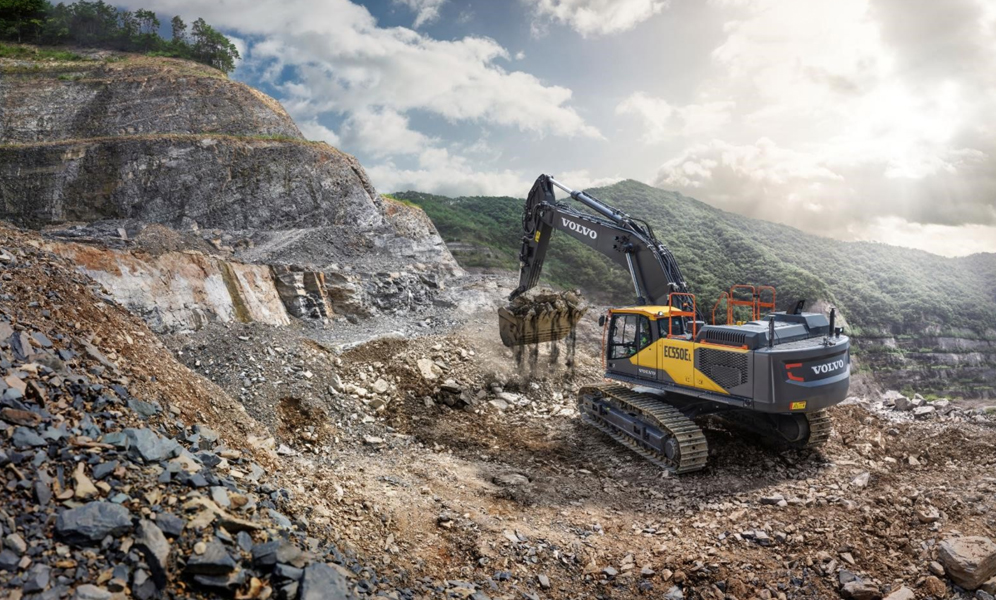
South Korea’s successful containment of the COVID-19 pandemic, without the need for nationwide lockdowns, has meant that construction activity in the country was not as severely affected as in many other nations. According to the Korean Statistical Information Service (KOSIS), the construction industry’s value-add declined by 1.9% year on year (YoY) in real terms in the third quarter of 2020, following a decline of 0.2% in Q2 and growth of 3% in Q1 2020.
In research published in February 2021, market analyst Global Data says it expects the South Korean construction sector to recover this year, growing by 2.9% in real terms, compared to a contraction of 1.1% in 2020. The industry is then expected to expand at an annual average rate of 3.9% between 2022-2025.
The construction industry’s output will be supported by improving investor confidence and the government’s focus on green infrastructure. In July 2020, the government announced a plan to invest KRW160 trillion (US$133.5bn) between 2020 and 2025 under the ‘Korean New Deal’ programme announced in July last year, which includes investments in the areas of renewable energy, electric vehicles, 5G infrastructure, big data and artificial intelligence. The industry will also be supported by the government’s focus on curbing rising property prices to cool an overheated property market, coupled with investments in residential buildings to address the housing shortage.
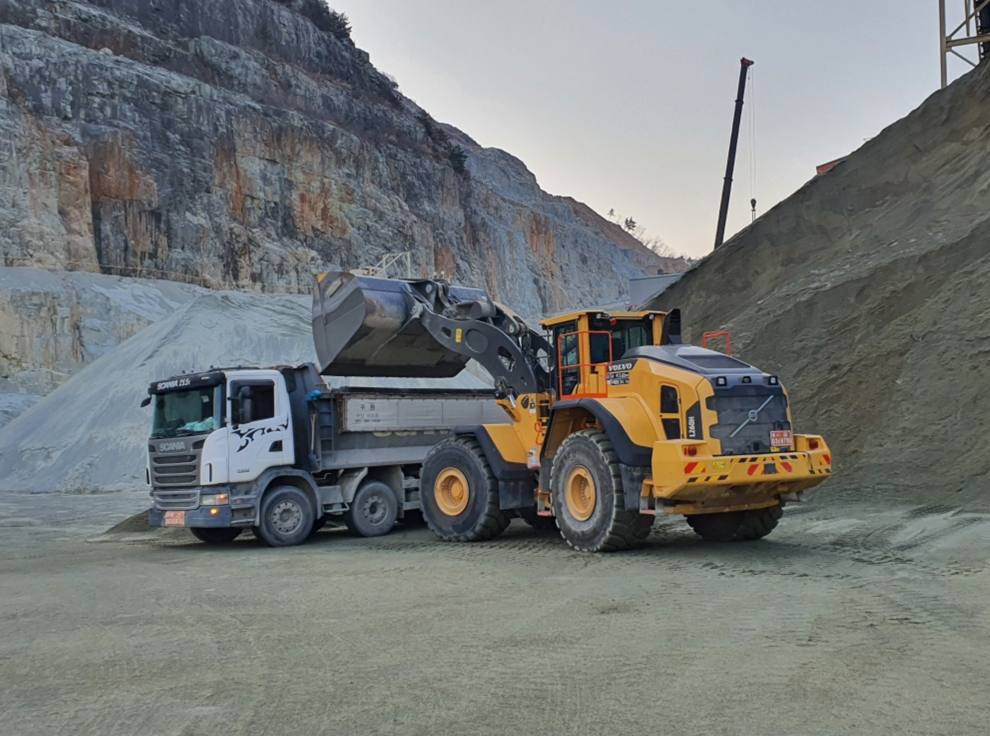
According to the Ministry of Land, Infrastructure and Transport (MOLIT), South Korea is expected to see a total of KRW262 trillion (US$230bn) invested in construction in 2021 - a 3.6% increase from KRW253 trillion (US$226.50bn) in 2020. Aggregate demand is estimated to reach 243 million m3 - a 3.4 % increase from 235 million m3 in 2020. The main drivers for this demand are road repairs and the residential building industry, according to Kyounghun ‘KH’ Lee, key account manager for the Asia region at Volvo Construction Equipment (CE), a major quarrying and construction machinery supplier in the country.
“In terms of the aggregate type, we expect to see an even split between sand and gravel,” Lee says. “The majority of these aggregates will be sourced from recycling (45.3%), quarries (41.3%), the sea (6.9%), land (4.6%) and rivers (1.9%), according to MOLIT’s year 2021 demand plan.”
Lee says the effects on the Korean quarrying and aggregates sector due to COVID-19 have been minimal, with the government taking swift action to protect citizens and enable businesses to continue operating.
“The government has taken appropriate and prompt action to support the economy by using IT 3T (Test, Trace and Treat) without any business having to close,” he adds. “South Korea recorded a 1% decline in GDP last year, which is the smallest decline of any OECD country.”
To overcome any further effects from the COVID-19 pandemic, the government has this year set up the fourth revised supplementary budget and announced an emergency support plan for disaster relief funds, small companies and damaged industries. COVID-19 vaccinations started from February 2021 and the government is aiming to complete national immunisation in this year.
Lee highlights two major infrastructure projects that will be significant in driving Korean aggregates demand - the GTX (Great Train Express) and the third satellite new city development around Seoul.
GTX, planned for completion in 2025, is a high-speed underground commuter rail network covering the Seoul area, consisting of three separate lines named GTX A, GTX B and GTX C, where trains will operate at up to 180kmph. The project was first envisioned in the late 2000s. Construction of GTX Line A began in 2019 and the entire project is scheduled for completion in 2025.
The third new satellite city development surrounding Seoul is a public housing district designed to stabilise the housing market in the metropolitan area. The main city centre will be reachable in 30 minutes via a variety of transport options such as GTX. In addition, everywhere in the new city will be connected to public transportation within a 10-minute window.
In February the government announced that it would initiate a major nationwide increase in house construction over the coming years to contain over-heated property prices. Reuters reported the government as saying it will add 830,000 new homes by 2025 across the country, 320,000 of which will be in Seoul – an increase of 10% in the capital’s dwellings.
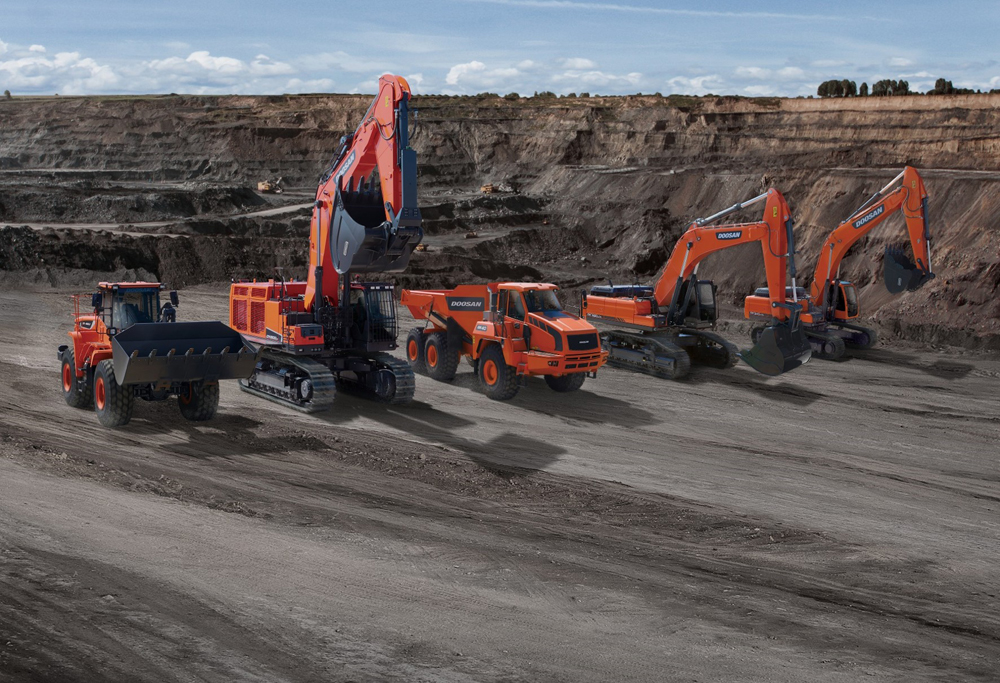
Half of the total waste generated in South Korea comes from construction sites and the government wishes to recycle as many aggregates as possible from construction waste to help protect the environment. As of September 2017, all public sector construction projects are legally required to draw at least 40% of their required aggregates from recycled sources. Furthermore, demand for recycled aggregates is increasing in metropolitan areas with large construction projects.
Lee says such new projects will drive demand in the aggregates sector, and adds: “We also expect customers to opt for larger machines as they aim to boost productivity. A focus on sustainability may also see investment in new electromobility technologies.”
Another government policy that could impact the aggregates sector is a new labour law being considered which would restrict the working week to no more than 52 hours. Lee says this could lead to quarrying and building materials companies investing more in large machines to improve productivity and achieve more within less time.
In terms of the type of equipment that Korean aggregates and quarry operators are particularly looking for, Lee says the most popular machines are excavators above the 30-tonne class such as the Volvo CE EC300E, and wheeled loaders with a bucket capacity above 4m3 like Volvo CE’s L150H. He adds that excavators above the 30-tonne class account for 60% of machines sold in the aggregates segment, while wheeled loaders with a bucket capacity above 4m3 account for 90% of machines sold in the quarry segment.
“However, the trend is moving towards larger machines,” Lee says. “Hence, excavators above the 55-tonne class like our EC550E and L260H wheeled loader with a 7.3m3 [bucket capacity] are becoming more popular. Low fuel consumption, high productivity and high profitability are all important to quarry operators.”
He adds that Volvo CE plans to increase its South Korean market share of 30-tonne excavators and 4m3 bucket capacity wheeled loaders from 25% to 30% in three years through enhancing its sales and service network, along with its extended warranty programme. “We will also be focusing on electromobility, automation and connected machines to improve sustainability, productivity and cost of ownership and operation,” says Lee.
A major development in the South Korean and wider global equipment quarrying and construction manufacturing sector took place in February this year with Hyundai Heavy Industries (HHI) announcing its takeover of Doosan Infracore for KRW850bn (US$760m). According to Business Korea, Doosan Infracore holds a 3.7% share of the global construction equipment market, making it the ninth largest. HHI subsidiary Hyundai Construction Equipment holds a 1.5% share as the 20th largest. The combined market share of the two Korean manufacturers is similar to that of the world’s fourth-biggest construction equipment maker, Volvo CE (5.2%).
South Korea’s large cement production sector is central to government efforts to cut nitrogen oxide (NOx) emissions in the country. In June 2020, The Korea Times reported that South Korea’s nine cement producers had agreed with the Ministry of Environment to work together to lower NOx emissions, the industry’s main air pollutant.
The producers - Asia Cement, Halla Cement, Hanil Cement Manufacturing, Hyundai Cement, Korea Cement, Sampyo Cement, Ssangyong Cement Industrial, SungShin Cement and Union Corporation - will invest in upgrades to filters or new high-efficiency filters and process improvements.
The Korea Times stated that cement production generates Korea’s second-highest nitrogen oxide emissions at 62,546 tonnes (32% of the overall NOx produced in 2019) which contribute to air pollution particulate matter of 2.5 micrometres (PM2.5). Figures released by the Ministry of Environment in May 2020 showed that local power plants generated the most (68,324 tonnes), followed by cement and then steelmakers (31,434 tonnes) and petrochemical manufacturers (19,569 tonnes).
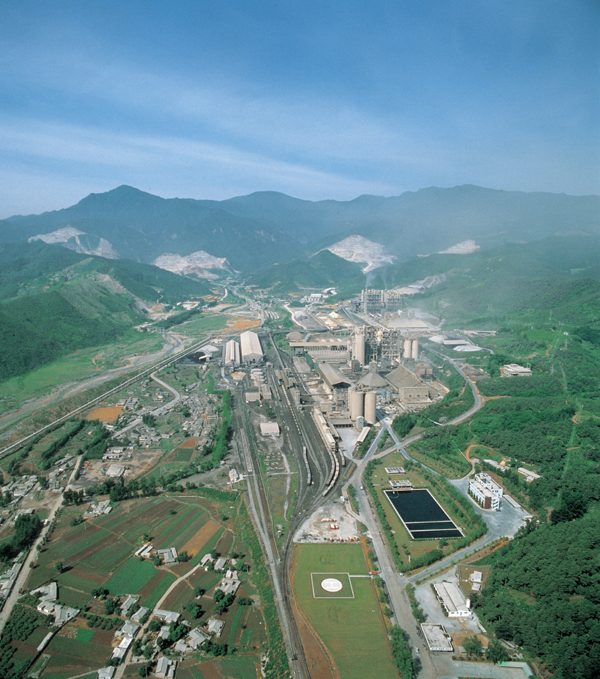
Cement companies have been cutting NOx emissions by installing filtering devices to their furnaces, but their efficiency is low and producers said they could not upgrade the filters because of space limitations and high maintenance fees.
Producers are also using alternative fuels in an effort to reduce their environmental footprint, in addition to increasing production efficiency. In one example, Sanyong Cement has deployed two custom-built HOTDISC combustion systems from FLSmidth to increase the use of alternative fuels at its Donghae and Yeongwol cement plants.
The Donghae Plant is claimed to be the world’s largest cement plant with an annual clinker production capacity of 11.5 million tonnes. Located on a 2,780-acre site, including the quarry, the plant has had the quality of its product accredited by many expert institutions both in and outside of the country.
Ssanyong Cement wanted to use a HOTDISC reactor to substitute calciner fuel with alternative fuel (AF) at the two plants. However, the standard HOTDISC is designed for an inline calciner (ILC) layout and did not fit within its existing separate line calciner (SLC) systems. A conversion to an ILC to increase AF firing was not economically or technically feasible, so Ssanyong therefore asked Denmark-based FLSmidth to redesign the HOTDISC reactor to suit an SLC system.
Both Ssangyong Cement’s Donghae and Yeongwol plants operate older style non-FLSmidth pyro systems. Each plant has several kiln lines situated very close together. These were originally built without calciners, but SLCs have since been added as part of a preheater tower installed in front of the kiln.
HOTDISC has been on the market for nearly 20 years, and FLSmidth says it has gained significant success as cement companies worldwide look to increase AF firing as an environmental and financial benefit to their process. It relies heavily on the positioning of the HOTDISC reactor alongside the bottom part of the ILC, above the kiln riser. The challenge for FLSmidth’s engineers working on the Ssanyong Cement installation was to produce a redesigned HOTDISC-S reactor that performs in the same way – maintaining those same efficiencies – but which is positioned beneath the SLC calciner.
“It was a complex project. It’s not a totally new idea; we had thought of creating a version of the HOTDISC reactor for the SLC before – but the question was always ‘how do we get the non-combustible particles into the kiln?’,” said Steven Miller, global process line manager at FLSmidth. “Gases can be encouraged to move in one direction or another, but heavier materials only want to fall down. And at that temperature they are difficult to transport.”
Using CFD modelling, the FLSmidth design team was able to work out the optimum layout to ensure the lighter particles could be lifted into the calciner and successfully burned, and to avoid the occurrence of hot spots in the chamber. The answer to handling the heavy materials came from FLSmidth’s experiences elsewhere in the process.
“We realised that the ABC Inlet design that is usually used in a clinker cooler would actually be the perfect way to cool those reject particles, so that they can be transported,” said Miller. “It takes up a relatively small area, but it works very effectively to cool material quickly.”
The HOTDISC systems operating at the two plants can handle a wide range of alternative fuels, including refuse-derived fuel (produced from municipal garbage), tyres (whole, shredded or cut into pieces), paper sludge, lime-stabilised oil sludge (from tanker cleaning), old car fragments (including upholstery and dashboards), and dried sewage sludge.
The Ssangyong Cement plants are utilising Solid Recovered Fuel (SRF), which has been pre-sorted prior to receipt at the plant, ensuring they get good quality fuels with very low moisture content.
FLSmidth says the actual results of the installations have surpassed expectations. The guarantee of 85% waste fuel replacement in the calciner with SRF was exceeded at both Yeongwol and Donghae following commissioning in August 2020 and October 2020, respectively.
“We had seen what the HOTDISC could do, in terms of increasing alternative fuel capacity,” said Soo-Hyoung Lee, process engineer at Ssangyong Cement, PI Construction Office. “We were willing to support FLSmidth to redesign the system to try to make it work for us. They took on the challenge – and as a result we have been able to significantly increase our alternative fuels utilisation.”

